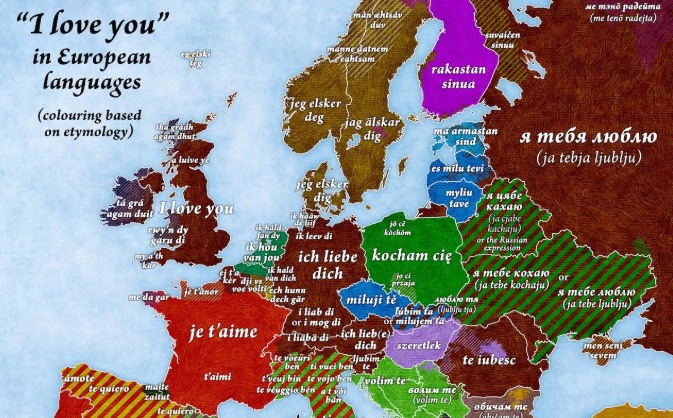
Proposed 14,000 mph train would have traveled from NYC to LA in 21 minutes
Some ideas get scrapped because they're too costly, while others get dismissed as outright impossible. One such ambitious concept was the Very High-Speed Transit System (VHST). This proposal, conceived in the early 1970s, could have revolutionized travel in the United States by connecting New York City to Los Angeles in just 21 minutes. This visionary idea aimed to push the boundaries of transportation technology to an unimaginable extent.
The 14,000 mph train was the brainchild of Robert M. Salter, a scientist working for Rand Corporation, a nonprofit research organization. Salter's audacious vision was to create a transit system that could travel up to 14,000 miles per hour, making coast-to-coast travel in the United States faster than most local commutes today.
How the 14,000 mph Train Would Work
The Basics of Maglev Technology
The cornerstone of the VHST was Magnetic Levitation, or Maglev, technology. Today, Maglev trains, like China's Sky Train, can reach speeds up to 1,000 km/h (about 621 mph). Salter's train proposed to take this technology to new heights by incorporating advanced superconductors and cryogenic cooling systems.
To achieve the incredible speed of 14,000 mph, the VHST would use superconduction to carry large amounts of electrical current with minimal resistance. This would generate powerful magnetic fields to levitate and propel the train. Cryogenic fluids would cool the superconductors, maintaining their efficiency at extremely low temperatures.
The concept envisioned a trip from Los Angeles to New York City taking just over 20 minutes. This would be achieved through advanced propulsion methods and near-vacuum tunnels to minimize air resistance, enabling the train to travel at unprecedented speeds.
While the idea of a 14,000-mph train is extraordinary, it also highlights significant issues with the current railway system in the US. Despite having more miles of railway than Europe due to its vast size, the US needs to catch up in railway efficiency and convenience.
Two main factors contribute to the inefficiency of the US railway system:
1. High Vehicle Ownership: The US has nearly one motor vehicle per person, reducing the demand for public rail transport.
2. Preference for Air Travel: Due to the country's large size, people prefer flying for long-distance travel over trains, which are often slower and less convenient.
The proposed 14,000 mph train by Robert M. Salter remains a testament to human ingenuity and ambition. While the VHST may never become a reality, it underscores the potential of advanced transportation technologies and the ongoing need to address inefficiencies in the US railway system. As we look to the future, innovative ideas like the VHST continue to inspire and challenge our perceptions of what's possible in transportation.


